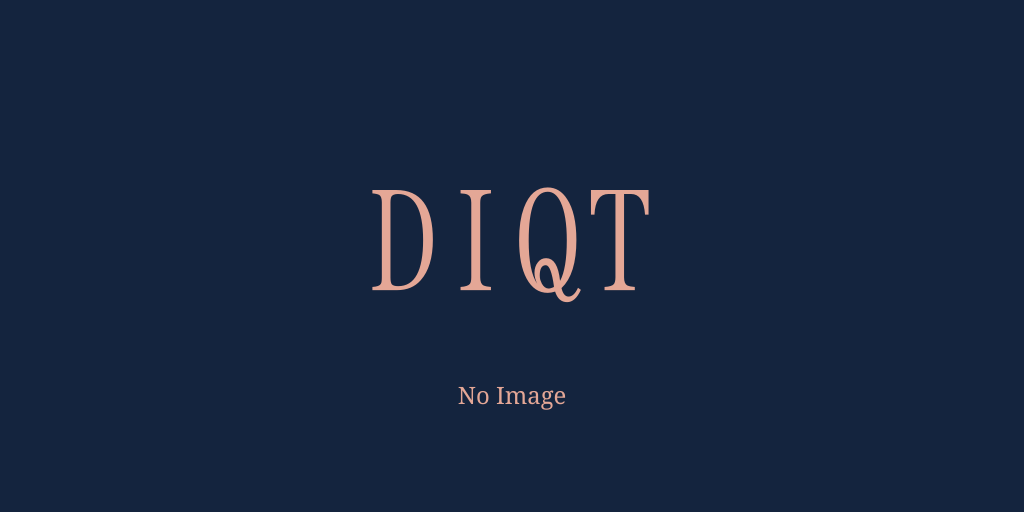復習用の問題
If, however, the sides differ otherwise than by 1, for instance, by 2, 3, 4 or succeeding numbers, as in 2 times 4, 3 times 6, 4 times 8, or however else they may differ, then no longer will such a number be properly called a heteromecic, but an oblong number. For the ancients of the school of Pythagoras and his successors saw “the other”³ and “otherness” primarily in 2, and “the same” and “sameness” in 1, as the two beginnings of all things, and these two are found to differ from each other only by 1. Thus “the other” is fundamentally “other” by 1, and by no other number, and for this reason customarily “other” is used, among those two speak correctly, of two things and not of more than two.
- 項目の編集権限を持つユーザー - すべてのユーザー
- 項目の新規作成を審査する
- 項目の編集を審査する
- 項目の削除を審査する
- 重複の恐れのある項目名の追加を審査する
- 項目名の変更を審査する
- 審査に対する投票権限を持つユーザー - 編集者
- 決定に必要な投票数 - 1
- 例文の編集権限を持つユーザー - すべてのユーザー
- 例文の削除を審査する
- 審査に対する投票権限を持つユーザー - 編集者
- 決定に必要な投票数 - 1
- 問題の編集権限を持つユーザー - すべてのユーザー
- 審査に対する投票権限を持つユーザー - 編集者
- 決定に必要な投票数 - 1





